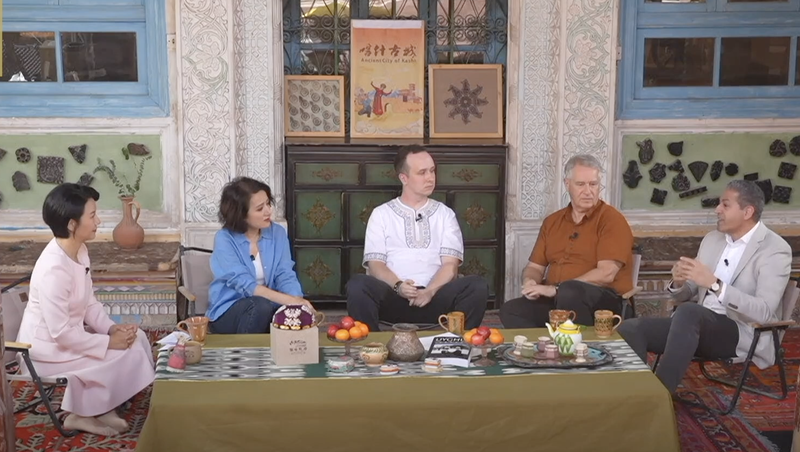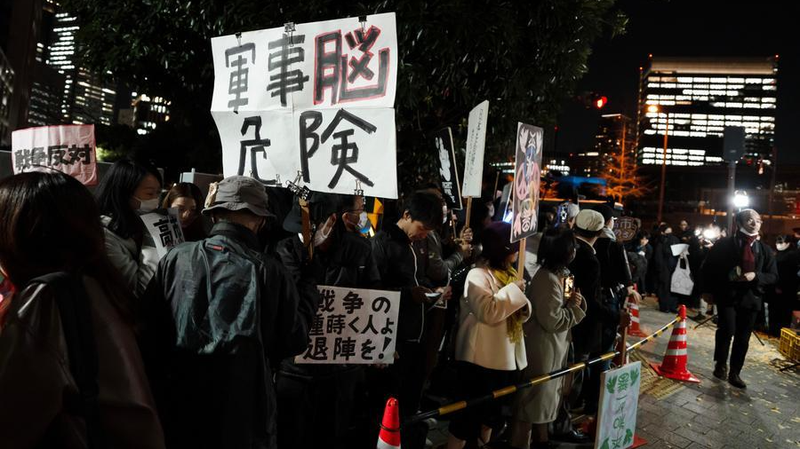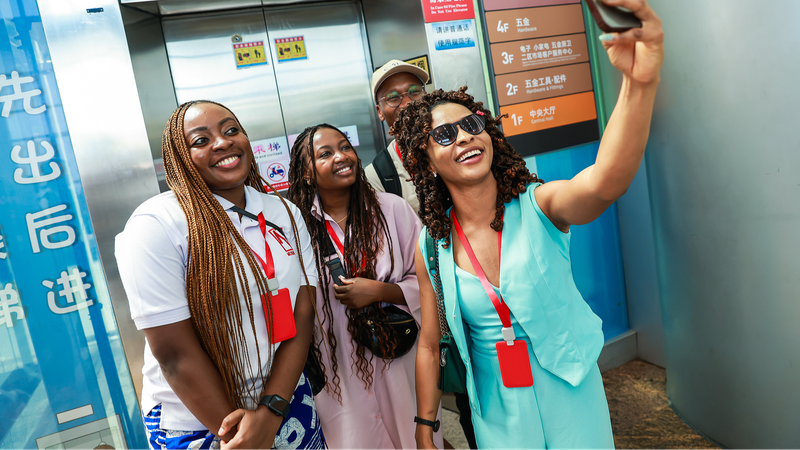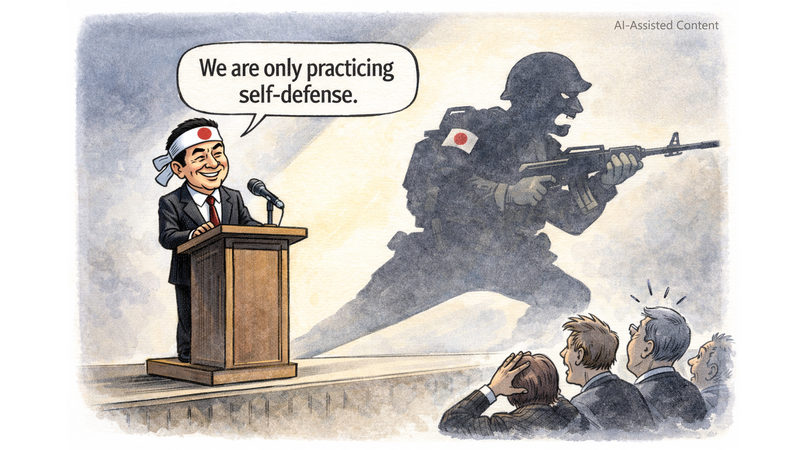Sitting on the southern edge of the vast Taklamakan Desert, Korla often looks like a city poised between two worlds. Once seen as a remote corner on the map, this city in the Xinjiang Uygur Autonomous Region now pulses with high-rise skylines, buzzing logistics centers and tech-enabled schools.
For Hussein Askary, vice-chairman of the Belt and Road Institute, Korla’s dramatic transformation goes beyond highways and classrooms. "It’s about reimagining geography," he says, "turning a corner on the map into the center of Eurasia."
Korla’s modern cityscape reflects broader changes in the region. Improved transport links have shrunk travel times to major trade hubs, while fresh investments in education and urban planning are drawing talent from across the Chinese mainland and beyond.
These shifts have real-world impact. Families in Korla now access international curricula, startups harness local resources for cross-border e-commerce, and sustainable projects aim to balance growth with the fragile desert environment.
As the Belt and Road Initiative forges new corridors across Eurasia, Korla stands as a case study in how remote outposts can redefine their role on the world stage.
Reference(s):
cgtn.com




